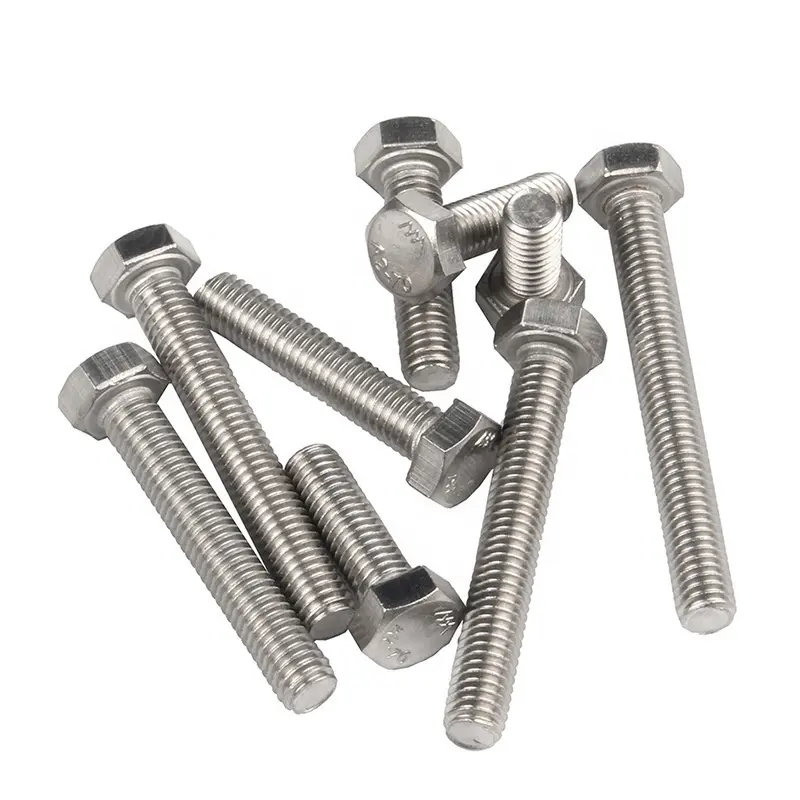

Hexagonal Plain Nut Specifications and Applications in Various Industries
Nov . 16, 2024 16:27 Back to list
Hexagonal Plain Nut Specifications and Applications in Various Industries
The Hexagonal Plain Nut A Vital Component in Engineering
In the world of engineering and mechanical assembly, the hexagonal plain nut is a fundamental component that plays a crucial role in ensuring the integrity and reliability of connections. This simple yet effective piece of hardware is characterized by its hexagonal shape, allowing it to accommodate a variety of tools, including wrenches and socket sets, for easy fastening and loosening.
Hexagonal plain nuts are typically made from various materials such as steel, stainless steel, brass, or plastic, depending on the specific application requirements. The choice of material is essential as it directly affects the nut's strength, corrosion resistance, and overall durability. For instance, stainless steel nuts are ideal for applications exposed to moisture and corrosive environments, while high-strength steel nuts are favored in heavy-duty situations that require maximal load-bearing capabilities.
One of the primary functions of a hexagonal plain nut is to secure a bolt or screw, creating a strong and resilient fastening joint
. When used in conjunction with a bolt, the nut is threaded onto the bolt, and as it is tightened, the friction between the surfaces of the bolt and nut increases, thereby holding the parts together tightly. This mechanism is critical in countless applications, from everyday machinery to complex aerospace systems.hexagonal plain nut

The design of the hexagonal shape allows for better torque application compared to other shapes, making it easier for technicians and engineers to achieve the desired tightness without excessive effort. Additionally, the flat sides of the hexagonal nut minimize the risk of slipping during tightening, enhancing safety and ensuring consistent assembly quality.
However, it's essential to consider torque specifications when using hexagonal plain nuts, as over-tightening can lead to bolt failure or damage to the connected components. Conversely, under-tightening may result in loose connections that compromise the structural integrity of the assembly. This is why manufacturers often specify certain torque values in their guidelines, ensuring that users can achieve optimal performance.
In conclusion, the hexagonal plain nut may seem like a simple tool, but it is indispensable in various engineering and construction applications. Its versatility, strength, and ease of use make it a staple in mechanical assembly. As industries continue to evolve and technology advances, the hexagonal plain nut will remain a vital component, supporting the construction of everything from tiny gadgets to massive structural frameworks. Understanding its importance helps engineers and technicians optimize their designs, ultimately leading to safer and more reliable products.
Latest news
-
Hot Dip Galvanized Bolts-About LongZe|High Strength, Corrosion Resistance
NewsJul.30,2025
-
High-Strength Hot Dip Galvanized Bolts - Hebei Longze | Corrosion Resistance, Customization
NewsJul.30,2025
-
Hot Dip Galvanized Bolts-Hebei Longze|Corrosion Resistance&High Strength
NewsJul.30,2025
-
High-Strength Hot-Dip Galvanized Bolts-Hebei Longze|Corrosion Resistance&High Strength
NewsJul.30,2025
-
Hot Dip Galvanized Bolts-Hebei Longze|Corrosion Resistance&High Strength
NewsJul.30,2025
-
Hot Dip Galvanized Bolts - Hebei Longze | Corrosion Resistance, High Strength
NewsJul.30,2025

